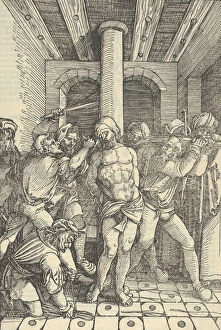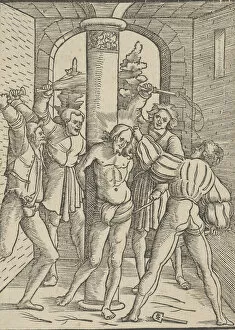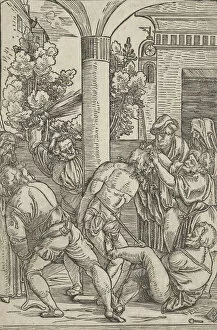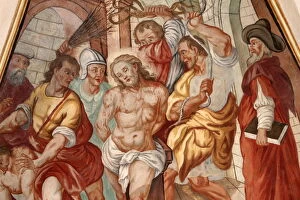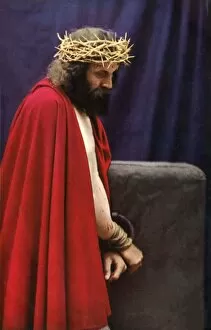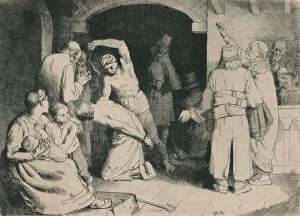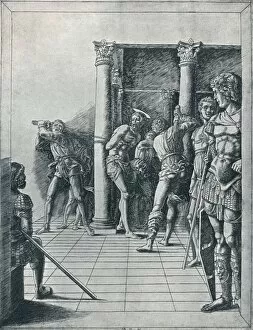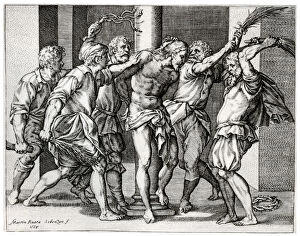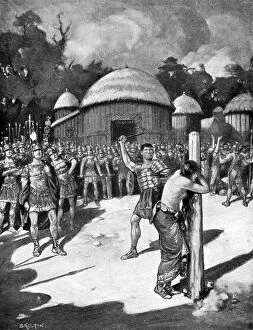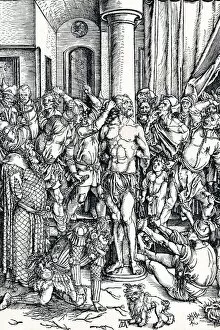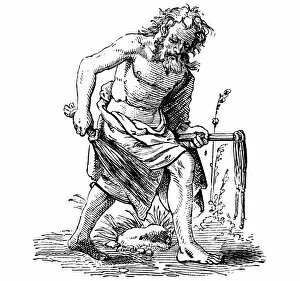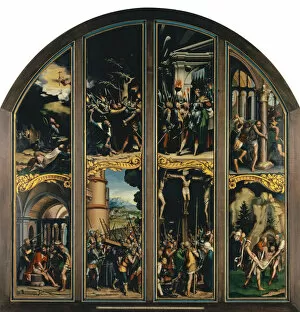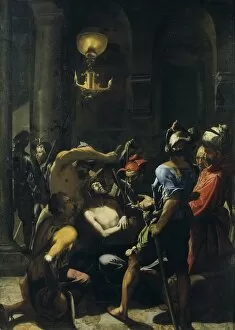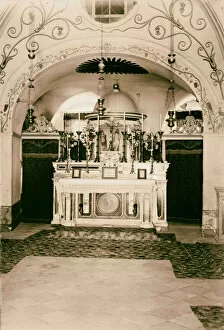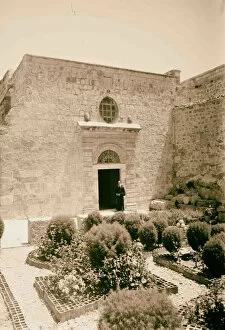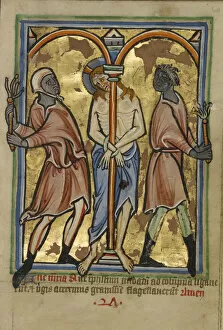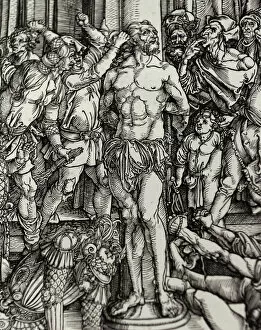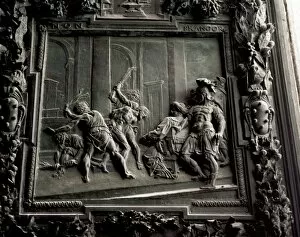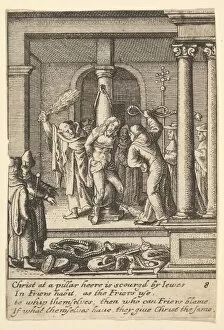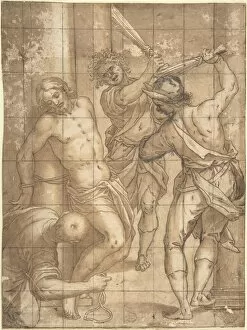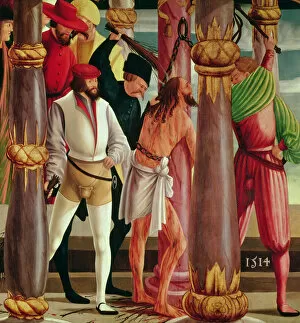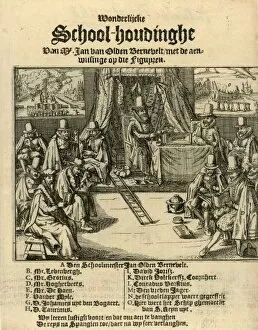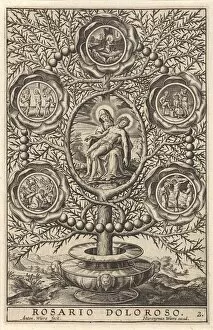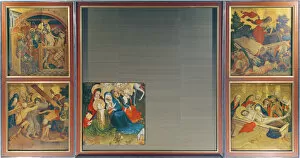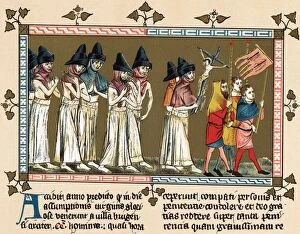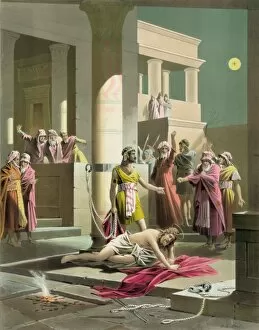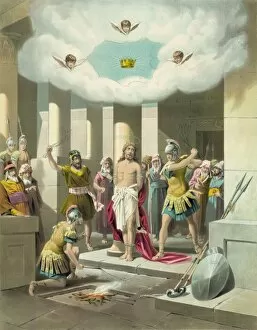Scourging Collection (page 2)
"Unveiling the Brutality: Exploring the Historical Practice of Scourging" Delving into the depths of history, we encounter various depictions and accounts of scourging
For sale as Licensed Images
Choose your image, Select your licence and Download the media
"Unveiling the Brutality: Exploring the Historical Practice of Scourging" Delving into the depths of history, we encounter various depictions and accounts of scourging, a brutal form of punishment that has left an indelible mark on human civilization. From ancient engravings to oil paintings, these visual representations offer glimpses into a dark chapter in our past. One such engraving is "La flagellation, " which portrays the act itself with chilling realism. Another notable depiction can be found at the Basilica di Santa Prassede, where The Column of Flagellation stands as a haunting reminder of this cruel practice. In 1493, "Flagellants" emerged as a religious movement that believed self-inflicted pain would bring them closer to God's grace. This fervor spread like wildfire across Europe, reaching its peak during the Black Death when Tournai became a hotbed for these penitent individuals seeking redemption through physical suffering. Martin Rota's engraved artwork from 1568 captures The Flagellation of Christ with meticulous detail, evoking both empathy and horror in equal measure. Similarly, "The Way of the Cross, " painted in 1817 by an unknown artist on canvas, depicts Jesus' agonizing journey towards crucifixion, not limited to religious contexts alone; it also served as punishment for criminals. An engraving titled "The scourging of Titus Oates from Newgate to Tyburn" illustrates this grim reality faced by wrongdoers during those times. To understand how instruments were used for scourging purposes, one need only look at an engraving depicting a Flagellum or Scourge - an instrument designed specifically for inflicting pain upon flesh. Artistic studies such as "A Man Scourging and the Head of Christ" reveal artists' exploration and interpretation of this harrowing subject matter using black and white chalks and pastels.

